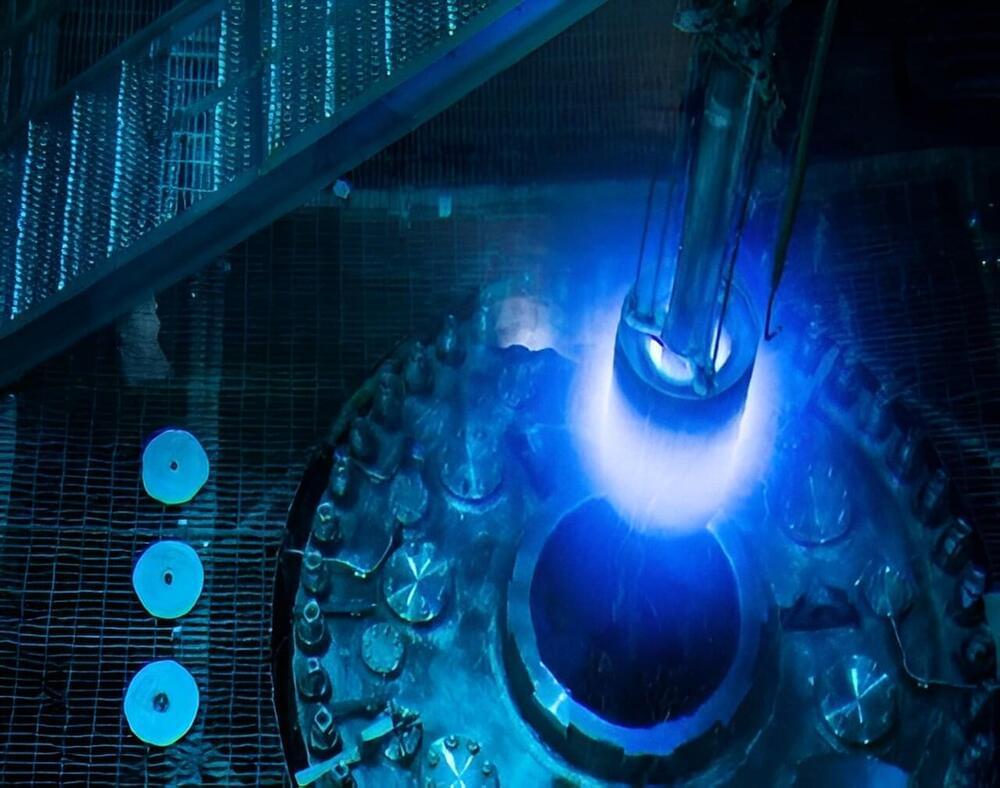Nov 9, 2023
Investments to be a Critical Determinant of Fusion Endeavors
Posted by Chima Wisdom in categories: economics, nuclear energy
The nuclear fusion industry witnessed tremendous developments in 2023. The year 2022 drew its curtains with the National Ignition Facility (NIF) at Lawrence Livermore National Lab producing a fusion reaction in the laboratory that yielded more energy than was absorbed by the fuel to initiate it. The reaction yielded 1.3 megajoules of energy, about five times the 250 kilojoules that were absorbed by the capsule. This scientific breakthrough sparked an increase in investments in 2023 with new companies joining the race.
The Fusion Industry Association, or FIA, compiled the “Global Fusion Industry Report” of 2023. Pressing for fusion energy to take over as a cleaner source of energy, FIA presented a comprehensive overview of the advancements made in the second quarter of the year in this report. It highlights the effect of a successful ignition or net energy gain in nuclear fusion and its economic consequences.
FIA observed a net increase in investments in the fusion power industry. With $1.4 billion more than the previous year, 27 companies in fusion were able to draw $46 billion in investment. The ignition inspired the emergence of newer and smaller companies which contributed the majority share of the surge in investments. There are two reported big chequeholders securing funding over $100 million in the 2nd quarter—TAE Technologies in California and ENN in China.


















